Teflon cables, also known as PTFE (polytetrafluoroethylene) cables, are reshaping communication networks in several ways:
High Frequency Performance: Teflon cables exhibit excellent electrical properties, including low dielectric constant, low loss tangent, and stable impedance characteristics across a wide frequency range. This makes them well-suited for high-frequency communication applications, such as microwave and radio frequency (RF) transmission systems, where signal integrity and reliability are critical.
Low Signal Attenuation: Teflon cables have low signal attenuation, meaning they can transmit signals over long distances with minimal loss of signal strength. This is particularly important for communication networks that require reliable signal transmission over extended cable lengths, such as in telecommunications infrastructure and data centers.
Temperature and Chemical Resistance: Teflon cables offer exceptional temperature and chemical resistance, allowing them to withstand harsh environmental conditions without degradation. They can operate reliably over a wide temperature range (-65°C to 200°C) and are resistant to moisture, humidity, solvents, and corrosive chemicals. This makes them suitable for outdoor installations, industrial environments, and applications where exposure to harsh chemicals is a concern.
Flexibility and Durability: Teflon cables are highly flexible and have a long service life, even under repetitive bending and flexing conditions. Their robust construction and resistance to mechanical stress ensure reliable performance in dynamic environments, such as moving machinery, robotics, and aerospace applications.
Miniaturization and Space Savings: Teflon cables have a small diameter and lightweight construction, allowing for space-saving installations and enabling miniaturization of communication equipment. This is advantageous for applications where size and weight constraints are important considerations, such as in mobile devices, wearable technology, and embedded systems.
Low Outgassing Properties: Teflon cables have low outgassing properties, meaning they emit minimal amounts of volatile compounds when exposed to high temperatures or vacuum environments. This makes them suitable for use in aerospace and space exploration applications, where outgassing can contaminate sensitive equipment and affect performance.
Overall, Teflon cables are reshaping communication networks by providing high-frequency performance, low signal attenuation, temperature and chemical resistance, flexibility and durability, miniaturization capabilities, and low outgassing properties. These properties make them indispensable for a wide range of communication applications, driving innovation and advancements in modern telecommunications infrastructure, data transmission systems, and electronic devices.

 ENGLISH
ENGLISH 简体中文
简体中文 GERMAN
GERMAN SPAIN
SPAIN
 +86 181-5747-1135
+86 181-5747-1135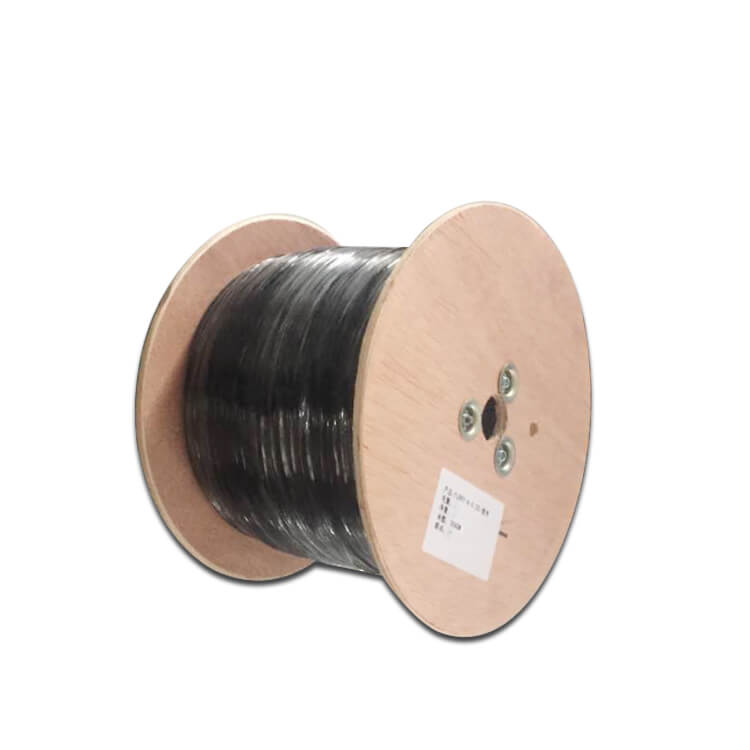
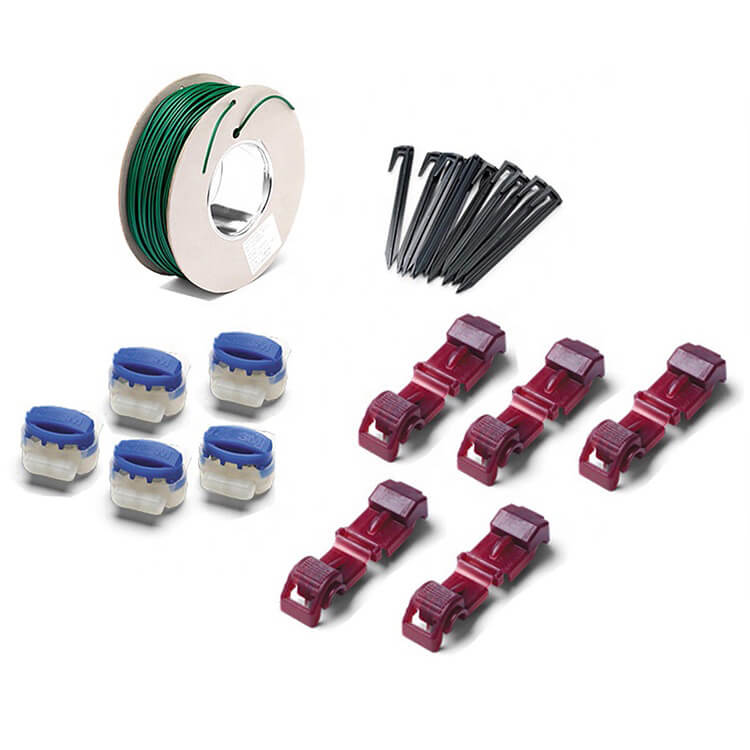
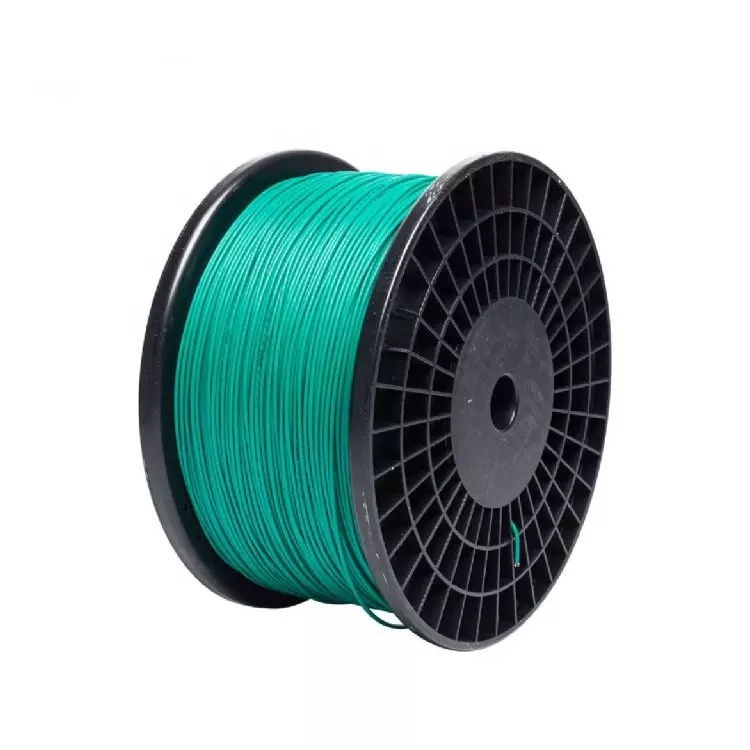
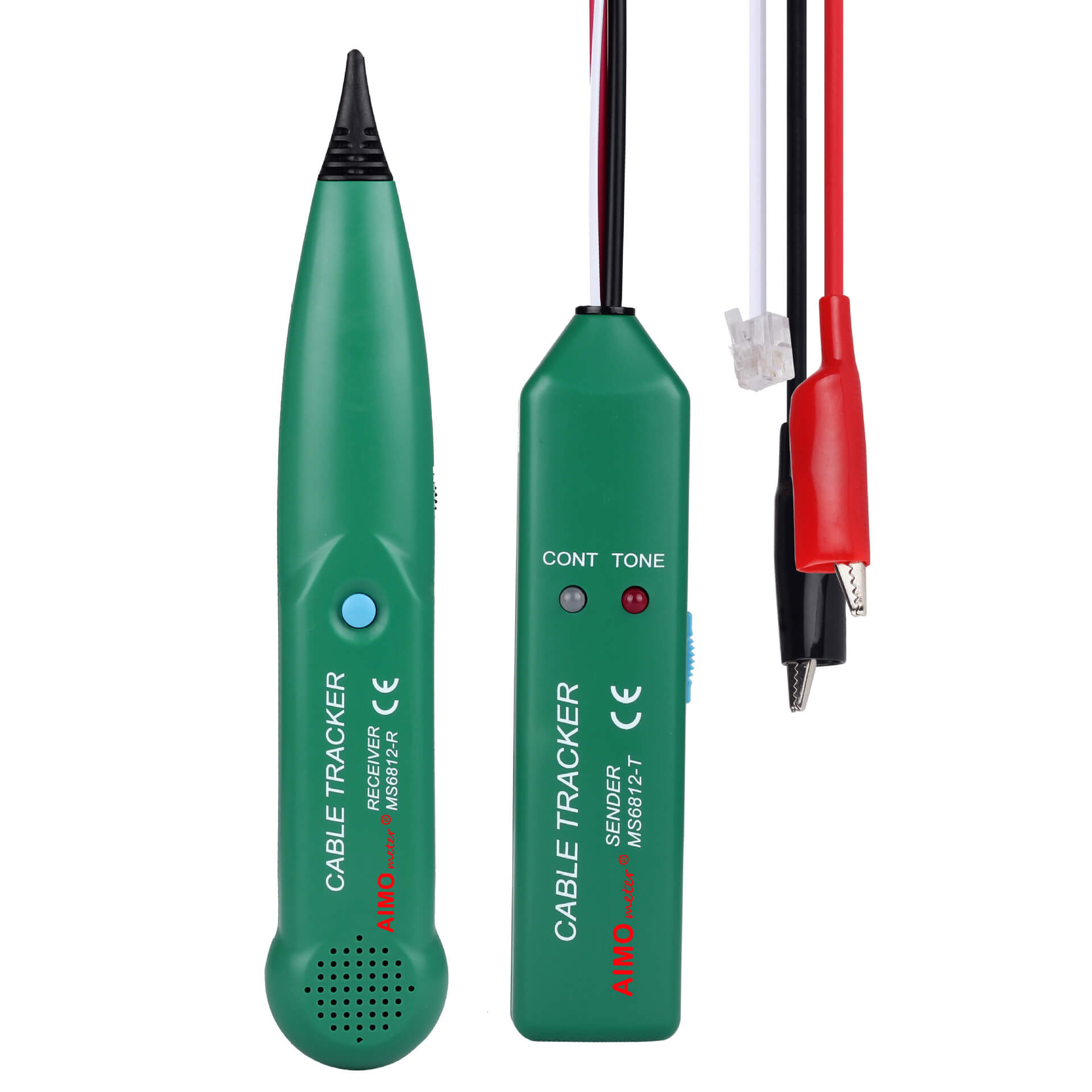


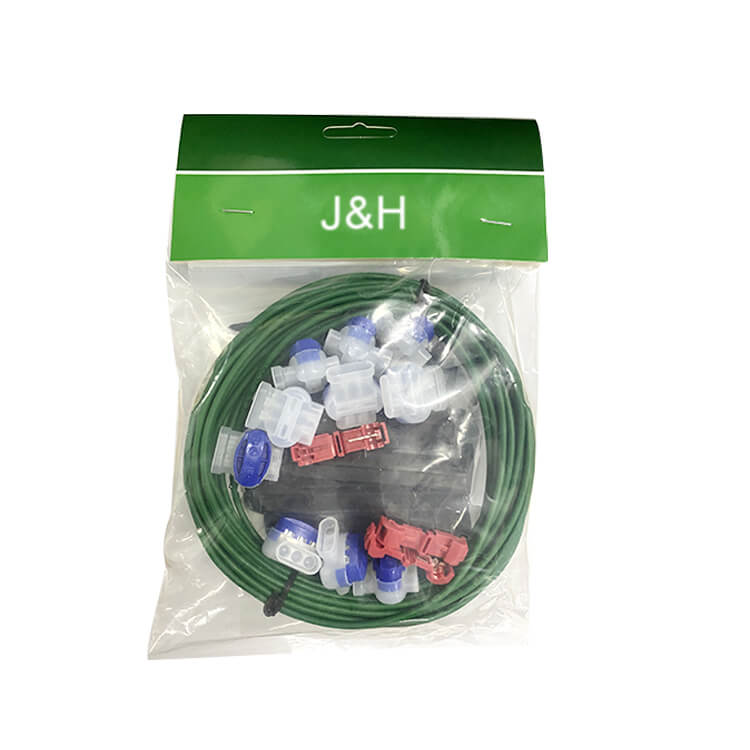
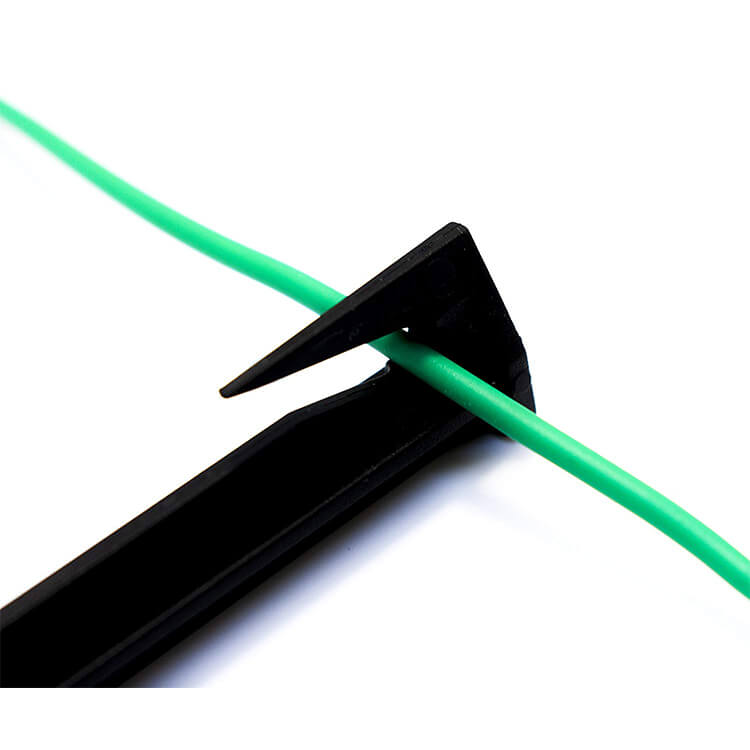
 Abroad:+86 181 5747 1135
Abroad:+86 181 5747 1135 FAX: +86 574 8900 7636
FAX: +86 574 8900 7636 E-mail:
E-mail: 

 read the map
read the map

